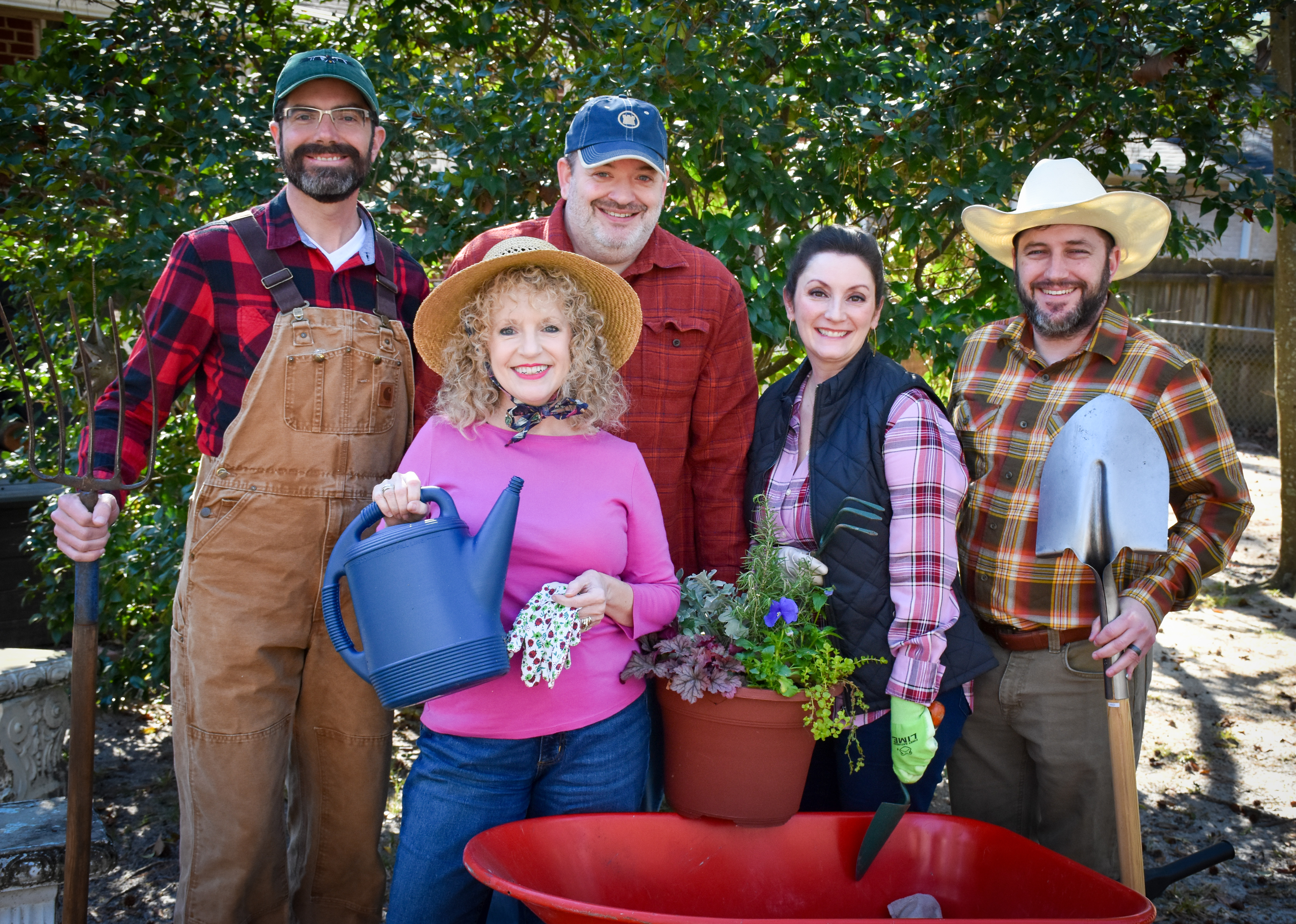
In a March 17 case*, the South Carolina Supreme Court made a thought-provoking comment on easement law through a footnote.
As with most real estate cases involving neighbors, the facts in this case are interesting. (I should probably admit the facts may only be interesting to dirt lawyers.) Paul and Susan McLaughlin bought Lot 22 in Seabrook Island and spent the next six years meeting and negotiating to build on the lot because of the existence of a pipe and an easement they were told had been abandoned.
The backstory involves a draining pipe and easement running through the backyards of seven lots. The easement and pipe were originally owned by Seabrook Island Property Owners Association (SIPOA). Over the years, the pipe degraded and became porous such that, aside from carrying away stormwater from the road, as intended, it also drained standing water from the lots. Nearly 20 years later, SIPOA installed a new draining system for the road, rendering the old one obsolete. At a property owner’s request, SIPOA abandoned the easement, but left the porous pipe in place.
After six excruciating years, the McLaughlins received home design and location approval from SIPOA, including the right to build on a former “no-build area” occupied by the abandoned easement. They removed the pipe and built their new home.
Neighbors Richard and Eugenia Ralph owned Lot 23 and sued claiming their backyard flooding became even worse as a result of the pipe removal. The jury awarded the Ralphs $1,000 in “nominal” damages. The Court of Appeals reversed and remanded for a new trial on damages alone, and the Supreme Court reversed the Court of Appeals and reinstated the jury’s verdict.
I won’t dwell on the remainder of the opinion, which deals mostly with litigation issues, but I wanted to point dirt lawyers specifically to footnote 5.
The Ralphs claimed some sort of ownership right in the abandoned easement, which the Supreme Court did not feel the need to address. But the Supreme Court did express concern over the Court of Appeals discussion of a seminal easement case in South Carolina, Blue Ridge Realty Co. v. Williamson**.
Blue Ridge is the case we rely upon for the right of property owners who buy lots with reference to a plat to use the roads shown on that plat. Without that case, many properties would have access issues.
The Supreme Court voiced concern over the alteration of a quote from the Blue Ridge case by the Court of Appeals. The Court of Appeals quoted the case: “It is generally held that when the owner of land has it subdivided and platted into lots and (easements,) and sells and conveys the lots with referenced to the plat, he hereby dedicates said (easements) to the use of such lot owners (and) their successors in title…”
Blue Ridge actually said, “It is generally held that when the owner of land has it subdivided and platted into lots and streets and sells and conveys the lots with reference to the plat, he thereby dedicates said streets to the use of such lot owners, their successors in title, and the public. (Emphasis added by the Supreme Court in the current case.)
The Supreme Court said the scenarios presented by the current case and the Blue Ridge case were fundamentally different. Blue Ridge involved the claim of a property owner to use a public street shown on a recorded plat. In the current case, lot owners whose property contains an easement intended for the benefit of the HOA claims an ownership interest because the easement inadvertently benefits the property owner as well.
In Blue Ridge, the property owner and its successors in title were the intended beneficiaries. Here, the opposite is true. The owners of Lots 22 – 28 were never intended to benefit directly from the easement. The fact that they did so, according to the Supreme Court, was a pure accident, caused by the unexpected degradation of the pipe. In short, Blue Ridge does not stand for the proposition for which it was cited by the Court of Appeals, according to the Supreme Court.
This distinction might be significant in many of the title scenarios real estate practitioners face routinely.
Interesting indeed! I also find it interesting that the Supreme Court refers to the Blue Ridge case, as we dirt lawyers refer to it, as the Williamson case, but that’s a blog for another day.
*Ralph v. McLaughlin, South Carolina Supreme Court Opinion 28015, March 17, 2021.
**247 S.C. 112, 145 S.E.2d 922 (1965).



